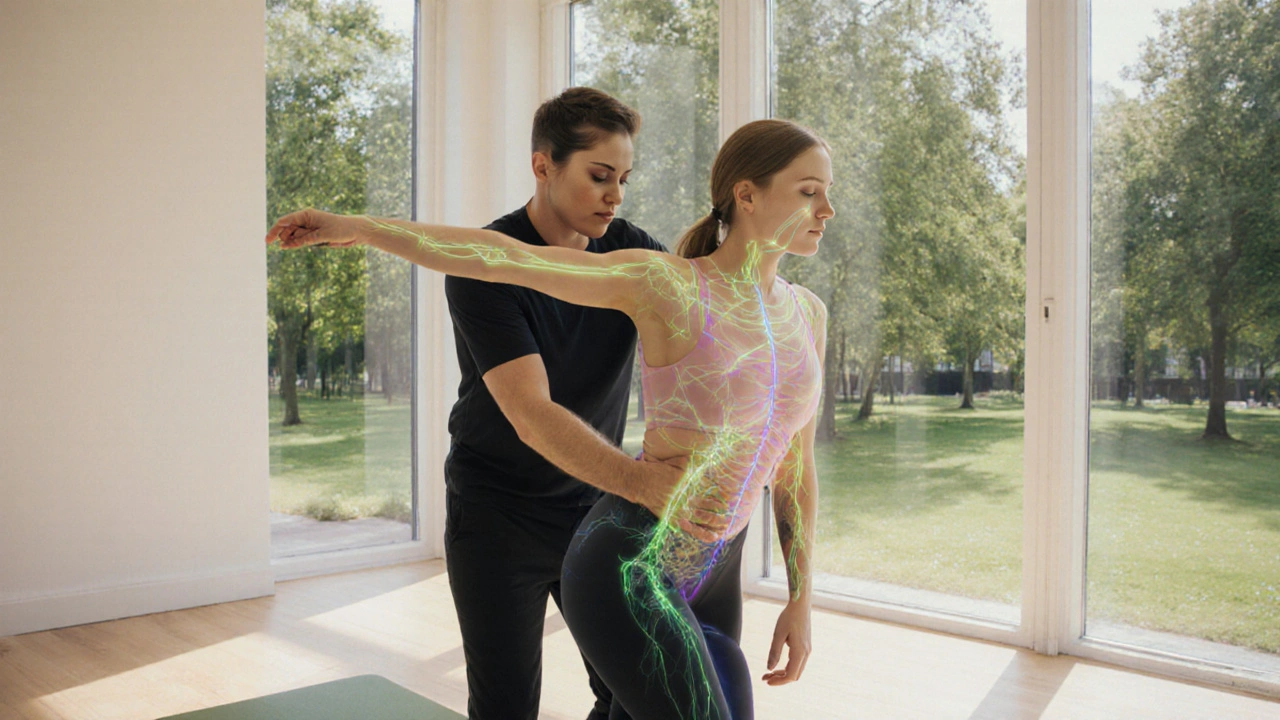Rolfing Myths: What’s True and What’s Not
If you’ve heard the word “Rolfing” you might picture a painful, brutal stretch or a miracle cure for every ache. The truth lives somewhere in between. In this guide we’ll pull apart the biggest myths, show you what the method actually does, and help you decide if it fits your wellness goals.
Myth #1 – Rolfing Is Just a Hard Stretch
Many people think the whole session is a series of aggressive pulls that leave you sore for days. In reality a trained Rolfer works with your body’s natural movement patterns. They use slow, deep pressure to release fascia – the connective tissue that can get tight after sitting too long or after an injury. The goal isn’t to force you into a new shape; it’s to give the tissues a chance to relax and realign. You’ll feel pressure, but it should never feel like torture.
Myth #2 – One Session Fixes Everything
Because the name sounds dramatic, some expect instant transformation after a single visit. Rolfing is typically delivered in a series of ten sessions, each building on the last. Think of it like a workout plan – you don’t expect to run a marathon after one jog. Consistency lets the fascia remodel gradually, which is why most practitioners recommend a full treatment plan to see lasting changes in posture, movement, and pain relief.
Other myths float around, too. Let’s clear them up quickly.
Myth #3 – Rolfing Is Only for Athletes. While athletes love it for performance, anyone with chronic tension, posture issues, or limited mobility can benefit. The technique adapts to your body, whether you’re a desk‑bound programmer or a weekend hiker.
Myth #4 – It’s Dangerous or Leads to Injury. A certified Rolfer follows strict safety guidelines. They always ask about your health history and adjust pressure accordingly. If you have a recent fracture, severe osteoporosis, or active infection, they’ll pause the work until you’re cleared.
Myth #5 – Rolfing Is the Same as Deep Tissue Massage. Both involve pressure, but they target different layers. Deep tissue massage works mostly on muscles, while Rolfing focuses on the fascia that surrounds every muscle, bone, and organ. That’s why Rolfing can change how you hold yourself, not just loosen a knot.
So, how do you know if Rolfing is right for you? Start with a simple self‑check:
- Do you have persistent back, neck, or hip pain that isn’t improving with regular stretching?
- Is your posture visibly slouched, causing you to feel “tight” after standing or sitting?
- Do you want smoother movement for sports or everyday activities?
If you answered “yes” to any of those, a consultation with a certified Rolfer can give you a clear picture. They’ll assess your posture, ask about your health background, and outline a realistic plan.
Remember, the key to any bodywork is communication. Speak up if the pressure feels too intense, and let the therapist know about any discomfort during the session. This back‑and‑forth helps them tailor the technique to your needs, keeping the experience safe and effective.
Finally, keep expectations grounded. You might notice a looser shoulder after a few weeks, or you may feel a subtle shift in how you stand. Those small wins add up, leading to better posture, less chronic pain, and more freedom in movement.
Rolfing isn’t a magic bullet, but it’s a powerful tool when used correctly. By cutting through the myths and focusing on the real science behind fascia work, you can decide if this structural integration approach belongs in your wellness toolbox.
Rolfing Myths Debunked: The Truth About Structural Integration
Uncover the facts behind Rolfing, separate truth from rumor, and learn how this fascia‑focused practice truly works for posture, pain and movement.

